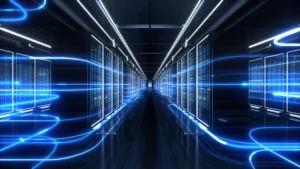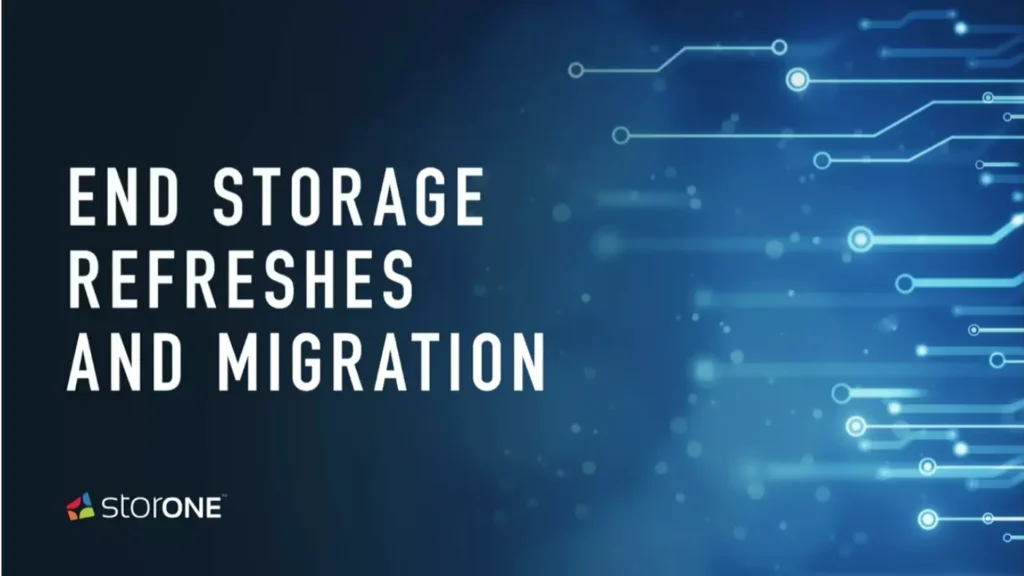What is the true cost of a storage refresh? More than you think! In the lives of data center IT personnel, there are three certainties they must deal with on a regular basis; thin budgets, limited staff, and never-ending storage refresh with the accompanying data migration to the new storage system. These storage refresh and data migration projects are very complex and expensive processes that often have hidden costs that are not always recognized. Let’s explore the true cost of a storage refresh:
Why Companies Endure Recurring Storage Refresh Projects
Periodic storage refreshes are a way of life for most data centers. Some of the reasons for the refreshes are:
- Lack of capacity – This was a primary reason many organizations upgraded their storage systems during the first decade (2002-2009) of this century. Much of this was due to the ever-growing tsunami of unstructured data. There is also the issue of most systems not being able to utilize the full capacity of their storage devices due to the inefficiencies in the storage software. All these systems use storage software that was written over 20 years before and was never designed to fully utilize the full capacity and performance available from the storage media in these systems.
Think about it. You buy 500TBs of storage but once you reach 300TB of utilization, you have to buy another storage solution, wasting 200TBs!
- Performance Requirements – During the second decade of this century (2010-2019), extremely high transaction databases, large scale data analytics workloads, Artificial Intelligence (AI), and Machine Learning (ML) workloads demanded extreme performance in order to operate properly and efficiently. These workloads required high-performance storage that provided far more performance than the current storage systems could provide. And while the newer flash drives provided increased performance, they were still hobbled by old inefficient storage software that could not make full use of their full performance or capacity.
Think about it. You buy 48 drive capable of 200K IOPS each and are not even getting 200K IOPS in Total.
- Reducing Cost of Storage Infrastructure – In 2020, with thinner IT budgets, there was a move by organizations to reduce the cost and complexity of their storage infrastructure while maintaining or even improving high performance by the implementation of all-flash and hybrid arrays. The challenge here is lowering storage spend while still also improving performance and meeting capacity demands. IT is expected to meet these demands while raising data protection standards.
Think about that! How do you do the impossible? Lower costs, improve performance and not compromise data?
The True Costs of a Storage Refresh Project

Depending on the reasons, once a company decides it is time for a storage refresh, they need to take into consideration many cost factors before deciding which solution to purchase with their limited funds.
Outside of the obvious costs of purchasing new hardware and software along with the maintenance costs for the new storage system, there are various other costs, some of which often get overlooked.
The factors for typical storage refresh projects include the costs of:
- new storage hardware.
- new storage system management software.
- maintenance and support contract for the new system.
- vendor technicians to install new hardware and train IT staff on the new features and options.
- power to run the new system.
- cooling capacity for the new equipment.
- data center floor space and rack space to hold the new equipment.
- necessary network connections for the new system.
- All of the above to continue running the old system in parallel to the new system while data is migrated to the new system.
There are also cost factors that may be overlooked and not factored into the total cost of a storage refresh. One of the biggest cost factors in these projects is time, a very limited and valuable commodity to the IT staff and the company.
In addition there are the costs of:
- IT personnel to research potential solutions to meet their storage system requirements and short comings. This includes time to develop the necessary system specifications, selecting the vendor, researching and negotiating pricing.
- IT personnel to implement and manage a proof of concept (POC) test of the new system under consideration in order to ensure it meets all of the company’s requirements.
- Specialized IT personnel to manage and monitor the migration of data from the old system to the new system. Depending on the amount of data on the old system, the data migration may take days, weeks, months, or even years to complete.
- IT personnel to manage the actual implementation.
- In the event of an actual data loss during the migration process there is the cost of IT personnel to spend additional time to recover the lost data, if possible, from backups.
An Alternative to a Painful Refresh and Migration Process
Most IT personnel working in data centers are probably very familiar with the pain and time endured going through a storage refresh and data migration project. But what if it were possible to avoid going through that painful, expensive and time consuming process?
A new and comprehensive solution to this challenge is the StorONE S1: Enterprise Platform. The key difference with StorONE is it is a software solution which uses the platform approach to storage versus the individual storage system approach used by most vendors. It is a software solution like no other. StorONE spent seven years analyzing all the storage algorithms used in the current storage software and rewriting them from the ground up.

The result of this work is a new storage platform that has the ability to extract approximately 90% of the capacity of any hard drive or flash drive while also extracting approximate 85% of the performance that each drive is capable of producing. To protect your data, StorONE also created and uses a new high performance erasure coding system called vRAID that has set new records in the speed of volume rebuilds, on both hard drive and flash (SSD) volumes, which are faster than any other competitor. For a deep dive on how our RAID technology outperforms all other solutions, check out our “Understanding vRAID” white paper.
Other new features in the StorONE S1: Enterprise Platform enables it to eliminate the pain of migration since your data would remain in place during future upgrades to your storage infrastructure. StorONE can add drives of greater capacity to existing systems even though the drives may be of different types, performance and capacity. It also has the ability to tier aging data from expensive high performance drives to tiers using less expensive hard drives.
With StorONE you will have perform one last storage refresh. But from that point forward you will have a true storage platform that encompasses the “big picture” of your workload and storage environment, consolidating all workloads into a cohesive and easily manageable storage environment, while properly managing and dramatically improving protection of all of your data. It is a flexible platform that adapts and changes as your workloads and storage requirements change.
To learn more check out our virtual whiteboard session: “End Storage Refreshes and Migration”






